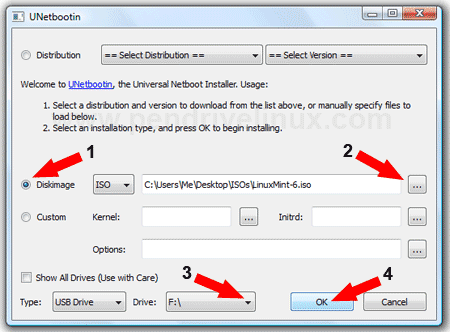

You can see a full step-by-step guide here. Run the tool, select your desired distribution, browse to your downloaded ISO file, and choose the USB drive you want to use. Once it is done downloading, click Finish. The download is several gigabytes in size, so it could take a while if you’ve got slower internet. The Media Creation Tool will download Windows 10 and create a bootable USB drive.

There are many tools that can do this job for you, but we recommend a free program called Rufus-it’s faster and more reliable than many of the other tools you’ll see recommended, including UNetbootin.ĭownload the Linux distribution you want to use in. Select the USB drive you want to use, then click Next. RELATED: How to Create a Bootable Linux USB Flash Drive, the Easy Way RELATED: How to do a Clean Install of Windows 10 the Easy WayĪlternatively, if you’re installing Windows 10, you can download an ISO or burn Windows 10 installation media directly using Microsoft’s Media Creation Tool. Open Windows File Explorer to check out the drive letter of the Windows DVD drive and the USB drive. Provide the ISO file and a USB flash drive and the tool will create a bootable drive. If you don’t have one, you can download Windows 10, 8, or 7 installation media for free - you’ll need a legitimate product key to use them, though. You’ll need a Windows installer ISO file to run this tool. Use Microsoft’s own Windows USB/DVD download tool to create a bootable drive you can install Windows from. RELATED: Where to Download Windows 10, 8.1, and 7 ISOs Legally And if your desktop computer doesn’t support USB 3.0 you can always upgrade it to add support. Don’t worry about compatibility, these faster drives are fully compatible with an old USB 2.0 system, you just won’t get the speed boosts.


 0 kommentar(er)
0 kommentar(er)
